‘A Living Natural History Museum’ is the only way to describe the remote, rugged south-eastern coast of the South Island.
Coastal landscapes don’t get more windswept and wild than this. Here you will find ancient trees, caves, waterfalls, jagged points, surf-pounded beaches, rare species of flora and fauna and a petrified forest thrown in for good measure.
Catlins Coast was named after an early whaling captain, Edward Catlin. It is reached via the Coastal road from Dunedin to Invercargill. If possible allow at least two days to absorb the coast’s special atmosphere and discover its curious secrets.
Nugget Point is the northernmost feature and a fitting place to start your exploration. This striking promontory rises 133 metres above the water and overlooks a dramatic seascape of jagged rock stacks, which are said to resemble angular gold nuggets. Capturing the scene on film can be a challenge in the face of sharp winds, mist and spray. A telephoto lens pointed down the sheer cliff faces may secure photos of southern fur seals and elephant seals languidly reclining in the spray-lashed rock pools. This place has the distinction of being the only mainland elephant seal breeding colony in the world.
South of Nugget Point is Cannibal Bay, where New Zealand sea lions haul out on to a stretch of sand and tolerate humans coming within a cautious 20 metres of their group. Nearby, Roaring Bay, has the dawn spectacle of yellow-eyed penguins leaving their nests and slithering down steep cliffs to the sea.
Jack’s Bay boasts a remarkable blowhole that erupts in a deep hole in the middle of a farm paddock. Tautuku Bay, a magnificent crescent-shaped sandy beach, can be viewed from a grand lookout on Florence Hill. The Cathedral Caves are two connected caverns created by violent wave erosion.
Curio Bay, at low tide, reveals a huge curiosity – a petrified subtropical forest of stumps and trunks dating back 160 million years. This is one of the most extensive fossil forests in the world and the cycads, tree ferns and kauri here are similar to South American species – evidence of New Zealand’s place in the ancient super continent, Gondwanaland.
Inland walking trails through the Catlins Forest Park and other reserves reveal more hidden treasures including the exquisite Purakanui, Matai and McLean waterfalls, all in dramatic bush settings.
Catlins Coast makes a surprisingly refreshing change from the South Island’s alpine and rural scenery. As well as clean and green, read super-extreme.

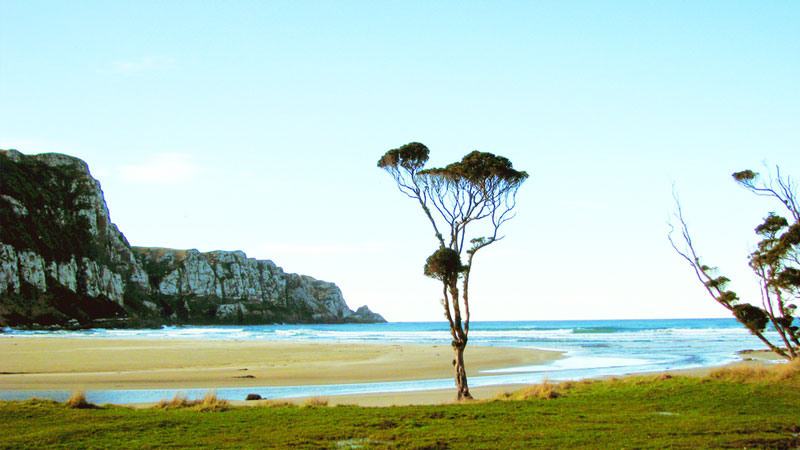
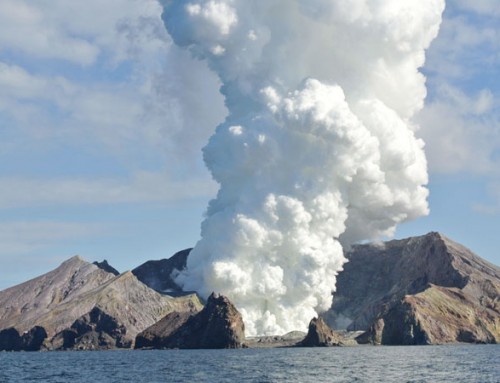
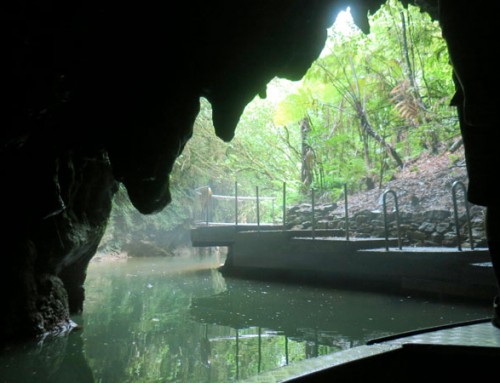
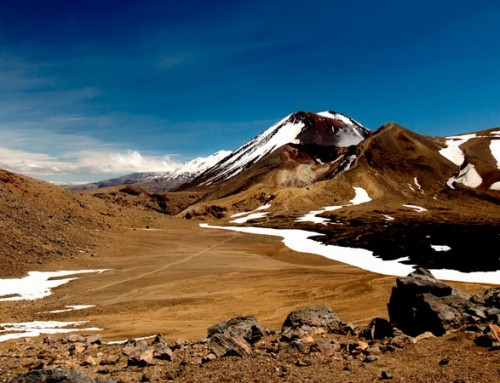
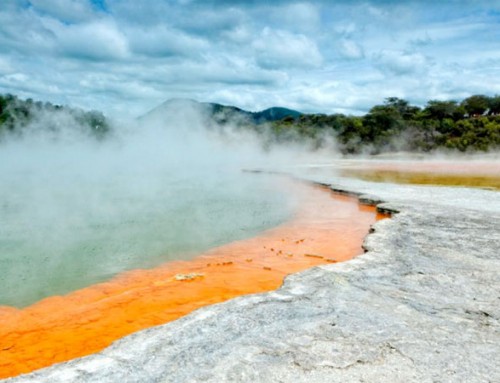
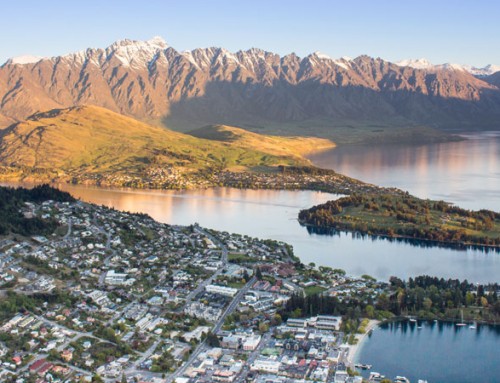
Leave A Comment
You must be logged in to post a comment.